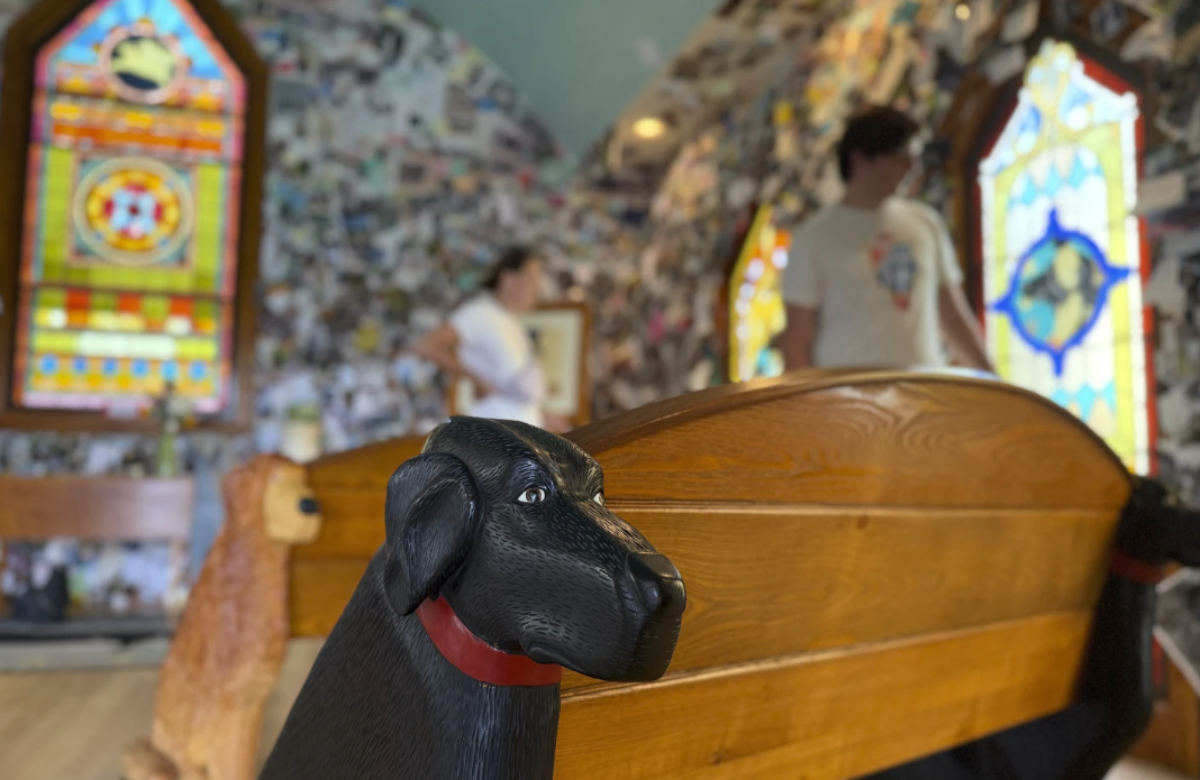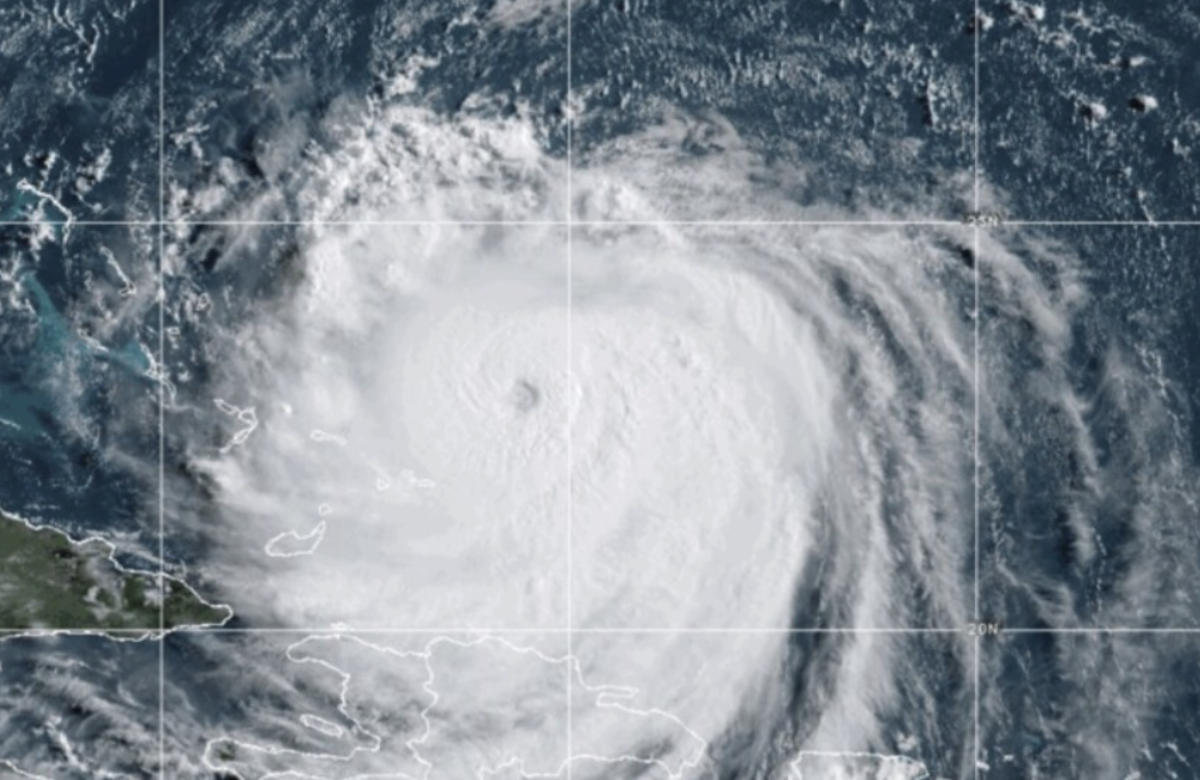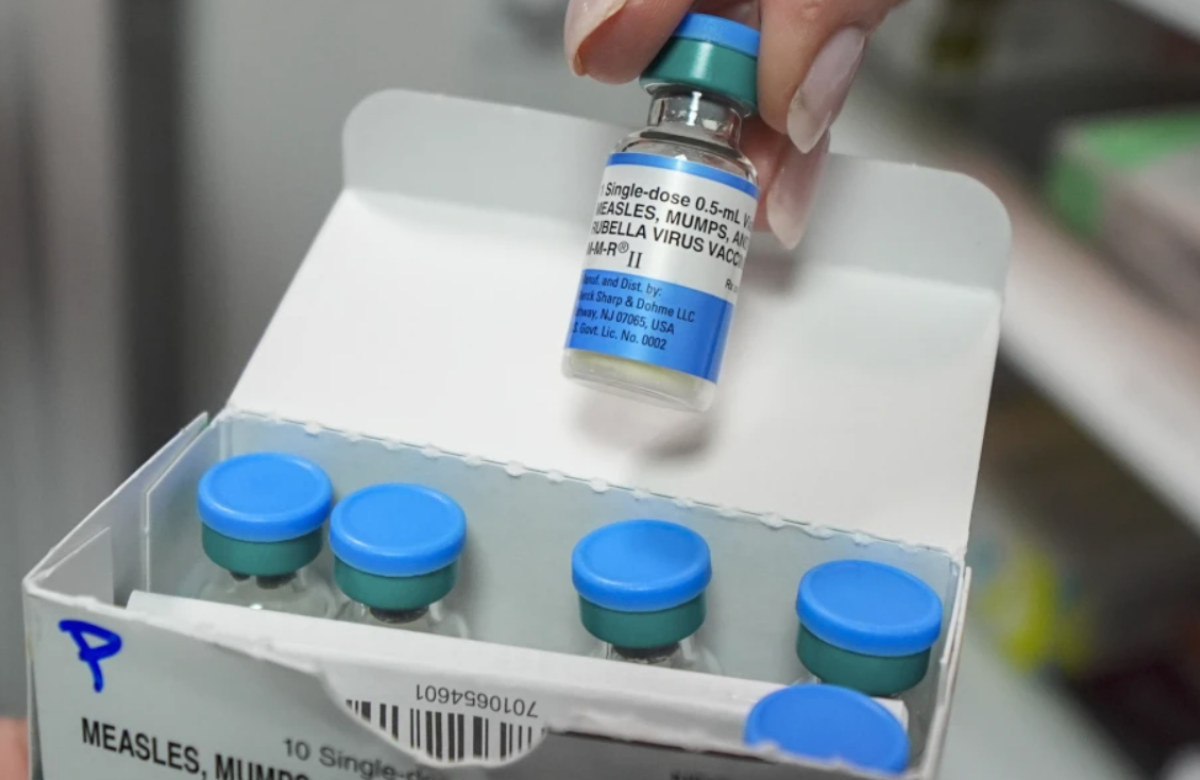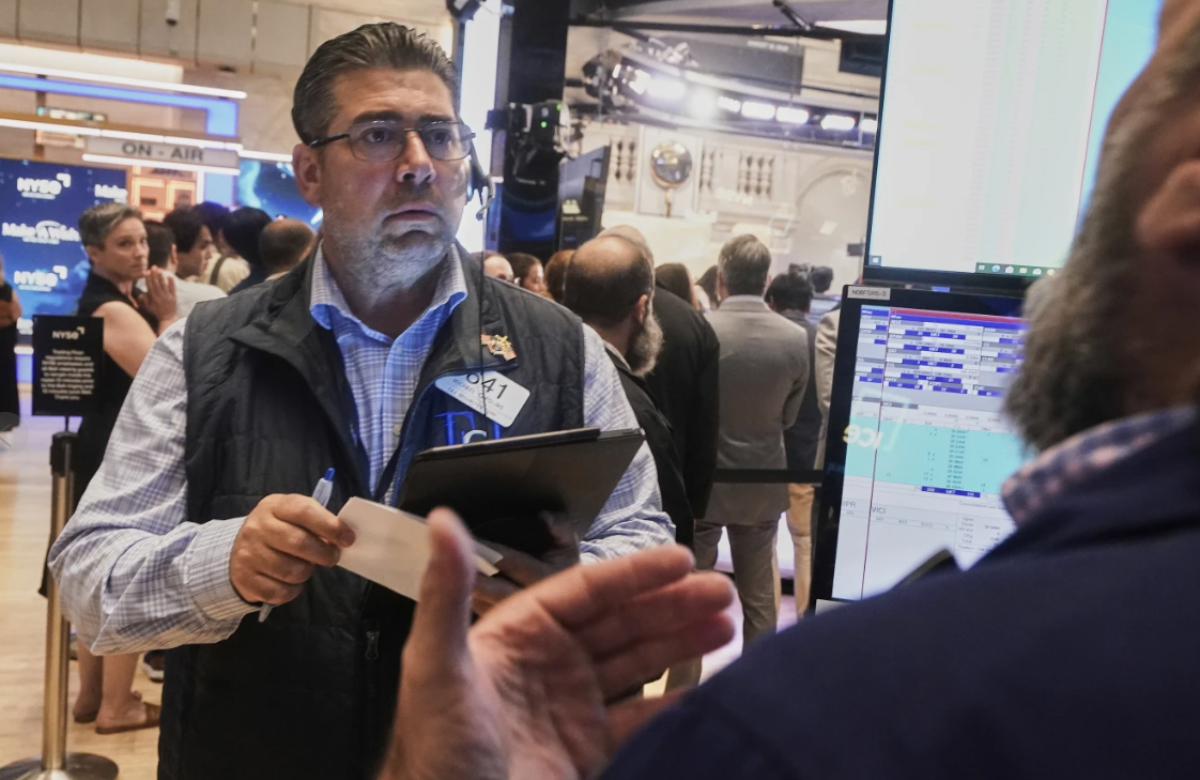Earlier this month, a Republic Airways jet preparing for takeoff at New York’s LaGuardia Airport had to come to a sudden, emergency stop after another plane remained on the runway. The incident, which occurred on May 6, left passengers jolted in their seats, including Renee Hoffer, who later visited the emergency room with neck pain and numbness in her arm.
“The stop was as hard as any car accident I’ve been in,” Hoffer said, recalling the moment the aircraft slammed on the brakes to avoid a possible collision.
Federal officials, including the Federal Aviation Administration (FAA) and the National Transportation Safety Board (NTSB), confirmed they are investigating the incident. The aborted takeoff occurred when the Republic Airways flight, operating for American Airlines, was cleared for departure even as a United Airlines plane was still taxiing across the same runway.
Despite LaGuardia being equipped with a state-of-the-art surface radar system—called ASDE-X—designed to prevent such situations, human error played a critical role. Radio recordings captured a controller apologizing to the Republic Airways pilot, saying, “Sorry, I thought United had cleared well before that.” The miscommunication arose in part because different controllers, operating on separate radio frequencies, were managing each plane’s movements.
After the close call at 12:35 a.m., passengers disembarked shaken and frustrated. Hoffer said gate agents refused to provide hotel accommodations, citing weather delays. Another passenger, however, used a flight-tracking app to point out that the runway was still occupied at the time of takeoff clearance.
Hoffer has since struggled to get answers from the airline or federal regulators and continues to deal with a pinched nerve diagnosed by ER doctors. Both Republic Airways and the airport directed inquiries to the FAA.
This incident is one of several recent close calls that have alarmed aviation safety experts. A February 2023 near miss in Austin remains under investigation, and other serious incidents—like a Southwest jet nearly colliding with a business aircraft in Chicago—have prompted renewed scrutiny.
LaGuardia is one of just 35 U.S. airports equipped with the FAA’s most advanced surface detection system. At more than 490 other towered airports, controllers still rely heavily on visual monitoring, often using binoculars. Expanding this technology is part of Transportation Secretary Sean Duffy’s proposal for a broader modernization of the nation’s air traffic control infrastructure, pending congressional approval.
However, the incident at LaGuardia highlights the limitations of even the best available technology. Although the FAA is exploring additional measures—including installing new alert systems at LaGuardia and developing pilot-alert systems—the risk of runway incursions persists.
The current rate of such incidents has hovered around 30 per million takeoffs and landings for the past decade, with a spike to 35 in 2017–2018. The most serious types of incursions—those involving near collisions—are fewer, typically under 20 annually. In 2023, that number rose to 22 but dropped to 7 the following year.
One long-term solution being explored is a system that alerts pilots directly when another aircraft is on the runway—bypassing the need to wait for air traffic controllers to relay the warning. Honeywell has been developing such a system for years, though it has not yet been approved for use.
The seriousness of such runway incidents cannot be understated. The deadliest aviation disaster in history happened in 1977 at Tenerife Airport in Spain, when two Boeing 747s collided on the runway in heavy fog, killing 583 people.















